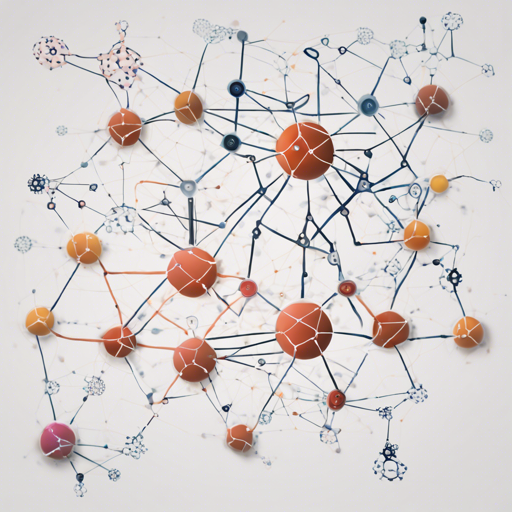Welcome to the fascinating world of cancer research enhanced by machine learning! In this article, we will explore how to effectively train and utilize a Variational Autoencoder (VAE), named Tybalt, for gene expression analysis across various cancer types. By the end of this post, you’ll have a clear understanding of Tybalt’s architecture and usage, along with troubleshooting tips for potential challenges.
Understanding the Variational Autoencoder (VAE)
Imagine you’re a skilled traveler navigating a dense forest of messages conveyed by cancer gene expression. Each tree represents a different type of cancer, and the paths between them signify the relationships inherent in their biological data. A Variational Autoencoder (VAE) functions as your guide, helping you compress and process these intricate messages into understandable and relevant information.
The Tybalt VAE learns to identify and navigate these hidden pathways in the forest by encoding the vast and complex gene expression data into a reduced manifold representation. This allows researchers to discover shared characteristics among different cancers and potentially uncover novel insights.
Step-by-Step Guide to Using Tybalt
- Clone the Repository: First, you will need to install git-lfs. Once it’s done, clone the Tybalt repository using:
git lfs clone https://github.com/greenelab/tybalt - Set Up Your Environment: Use the provided
environment.ymlfile to create a new conda environment for training:conda env create --force --file environment.yml - Activate the Environment: To begin using Tybalt, activate the newly created environment:
conda activate tybalt - Training Model: Refer to the training notebook for detailed instructions on model training.
- Evaluate Your Model: After training, assess the model performance using the visualizations provided (e.g., distribution of activation patterns).
Troubleshooting Tips
As with any venture, challenges may arise during the journey of training and evaluation. Here are some troubleshooting ideas:
- If the cloning process fails, ensure that git-lfs is properly installed.
- In case of installation errors with conda environments, verify your conda version is at least 4.4.10 and retry.
- If model training is slow or fails, check if your GPU environment is adequately set up or consider using the CPU fallback provided in the environment files.
- If you’re encountering discrepancies in gene selection based on median or mean absolute deviation, refer to issue #99 for clarification.
For more insights, updates, or to collaborate on AI development projects, stay connected with fxis.ai.
Final Thoughts
By exploring the depths of Tybalt, we can unveil the hidden expressions of cancers through advanced machine learning techniques. As we harness the power of VAEs, we inch closer to personalized cancer care and improved therapeutics.
At fxis.ai, we believe that such advancements are crucial for the future of AI, as they enable more comprehensive and effective solutions. Our team is continually exploring new methodologies to push the envelope in artificial intelligence, ensuring that our clients benefit from the latest technological innovations.

